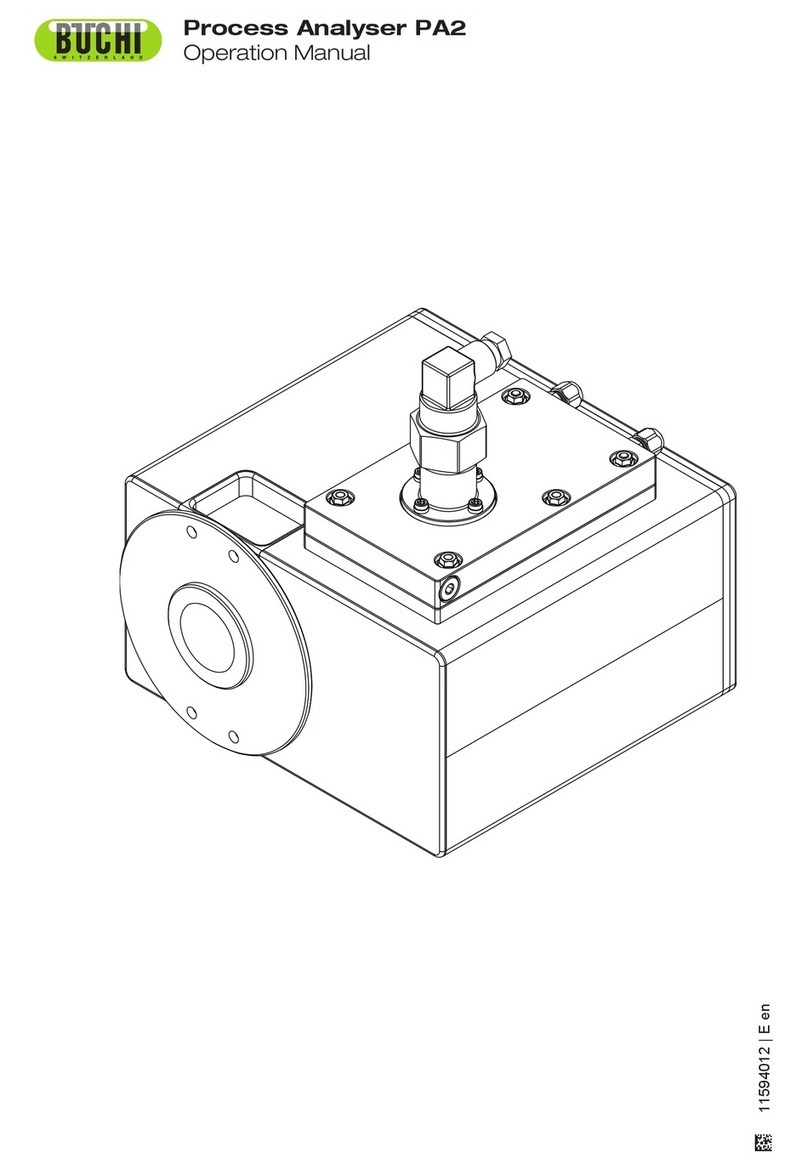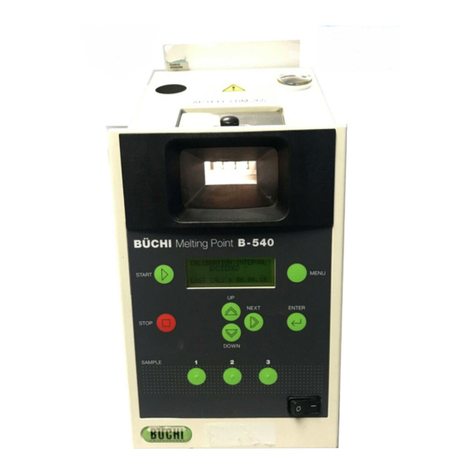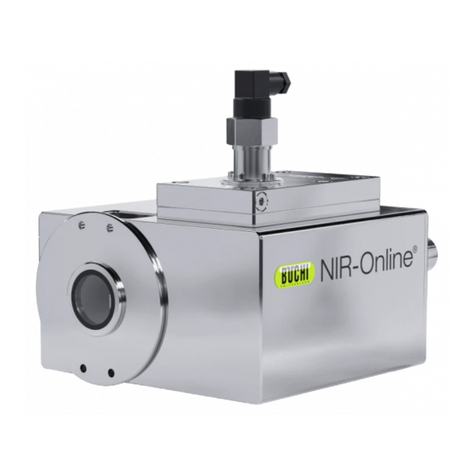
NIR-Online GmbH Table of contents
Operation Manual Process Analyser X-One iii
Contents
1 About this document...........................................................................................................5
1.1 Warning notices in this document..........................................................................................5
1.2 Symbols.................................................................................................................................5
1.2.1 Warning symbols ........................................................................................................5
1.2.2 Mandatory directive symbols ......................................................................................5
1.3 Mark-ups and symbols ..........................................................................................................6
2 Safety....................................................................................................................................7
2.1 Proper use .............................................................................................................................7
2.2 Use other than that intended .................................................................................................7
2.3 Location of safety notices and warning signs on the product ................................................7
2.4 Residual risks ........................................................................................................................8
2.4.1 Risk of explosion from opening up the sensor............................................................8
2.4.2 Risk of explosion from unplugging the device power plug..........................................8
2.5 Staff qualification ...................................................................................................................8
2.6 Personal protective equipment (production)..........................................................................9
2.7 Personal protective equipment (laboratory)...........................................................................9
2.8 Modifications..........................................................................................................................9
3 Product description...........................................................................................................10
3.1 Description of function .........................................................................................................10
3.2 Configuration .......................................................................................................................11
3.2.1 Front view .................................................................................................................11
3.2.2 Rear view..................................................................................................................11
3.3 Type plate............................................................................................................................12
3.4 ATEX rating .........................................................................................................................13
3.5 Scope of delivery .................................................................................................................14
3.6 Technical data .....................................................................................................................14
3.6.1 Sensor ......................................................................................................................14
3.6.2 Installation box..........................................................................................................15
3.6.3 Ambient conditions ...................................................................................................15
3.6.4 Materials ...................................................................................................................15
3.6.5 Computer system requirements................................................................................15
3.6.6 Software....................................................................................................................16
4 Transport and storage ......................................................................................................18
4.1 Transport .............................................................................................................................18
4.2 Storage ................................................................................................................................18
5 Installation..........................................................................................................................19
5.1 Installation site (production).................................................................................................19
5.2 Installation site (laboratory) .................................................................................................19
5.3 Establishing installation point ..............................................................................................20
5.4 Installation point in piping system (example).......................................................................21
5.5 Installation (example) ..........................................................................................................22
5.6 Sensor installation ...............................................................................................................23
5.7 Connecting the sensor.........................................................................................................24
5.8 Connecting the video cable (optional accessory) ................................................................25
5.9 Establishing the electrical connection to the installation box...............................................26






























